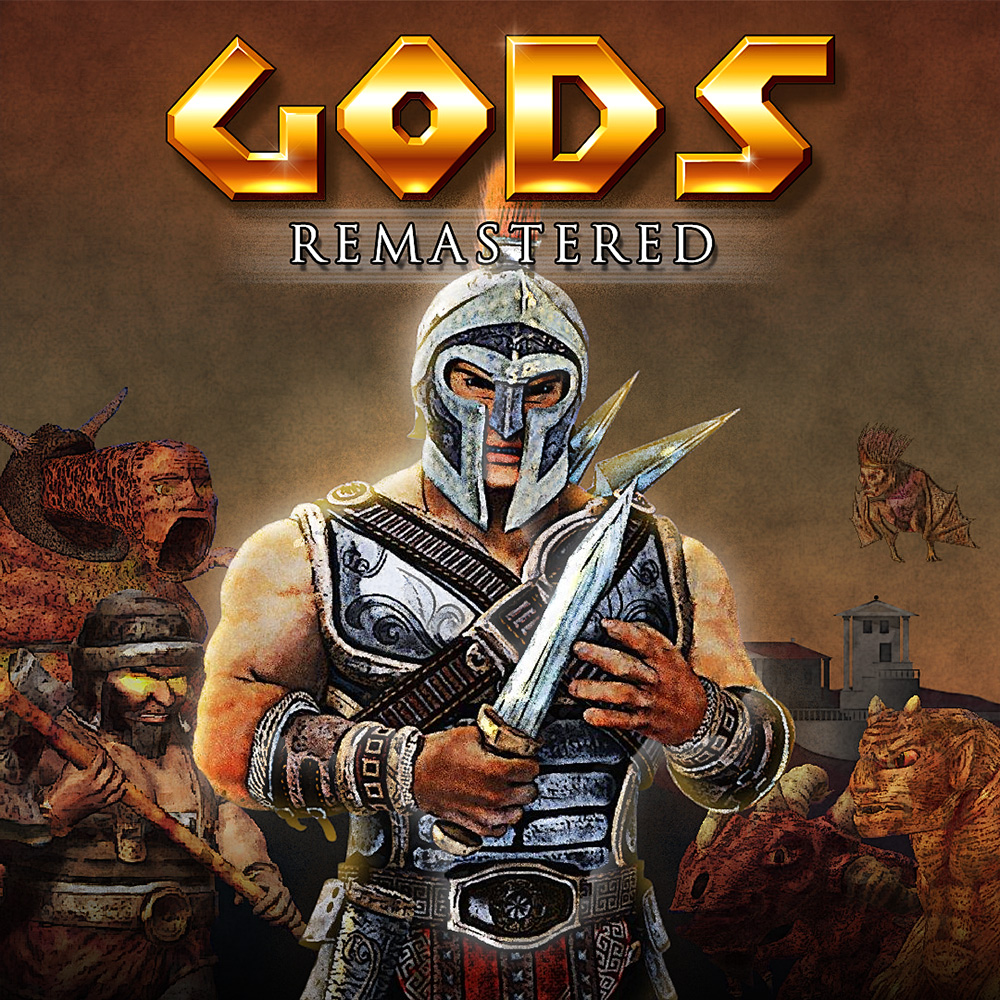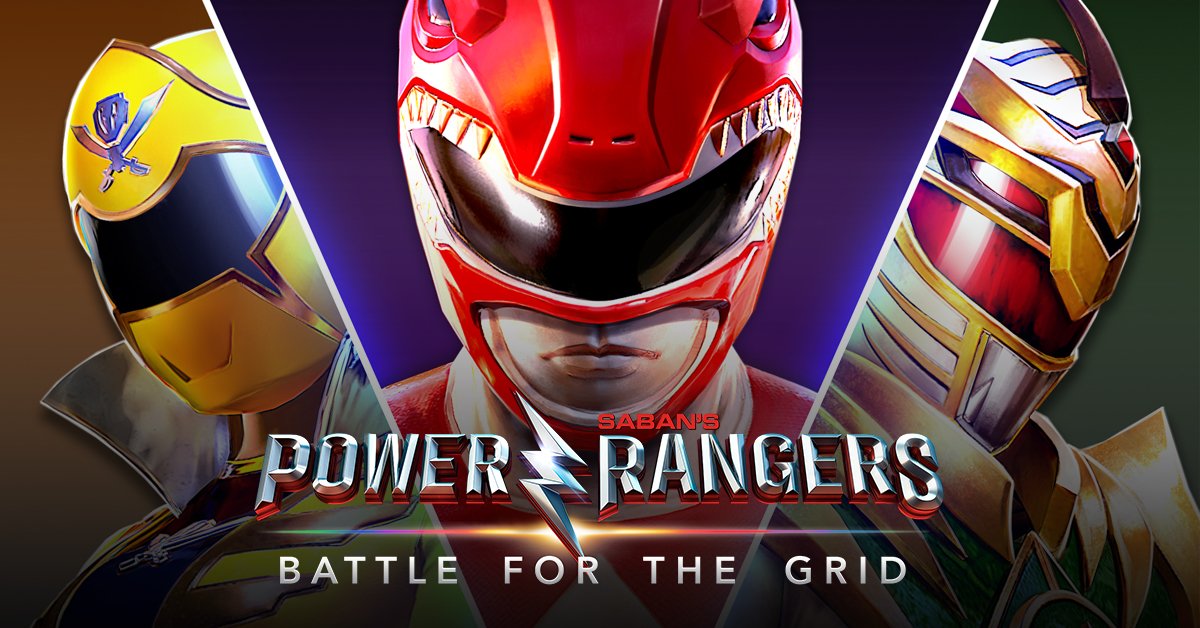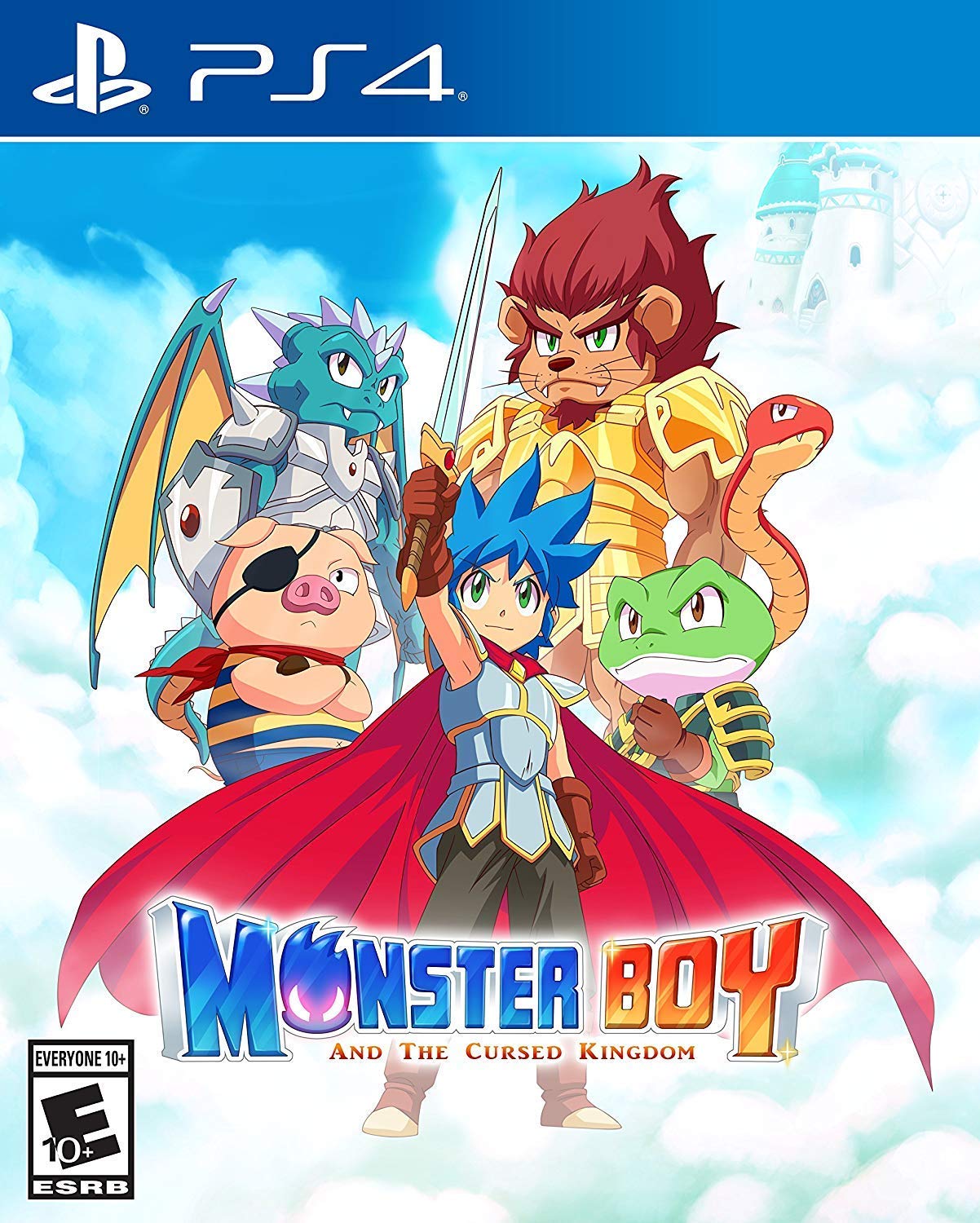PopSlinger Review
Fast Facts
PopSlinger
Developer: Funky Can Creative
Publisher: Funky Can Creative
Website: https://www.popslinger.com/
Genre(s): Arcade, Action, Music
Platform: Nintendo Switch
Age Rating: PEGI 7
Release Date: 26.01.2021
Price: £11.89
A code was provided for review purposes
Introduction
PopSlinger is a two-dimensional beat-em-up that features a girl on a quest to save the world from terrible creatures with a soda theme. Thus, the game features various weapons that resemble different types of cola and showcases flashy and energetic music inspired by New Retro Culture. Are the calories worth it? Or should I just drink water? Find out in this Rapid Review.
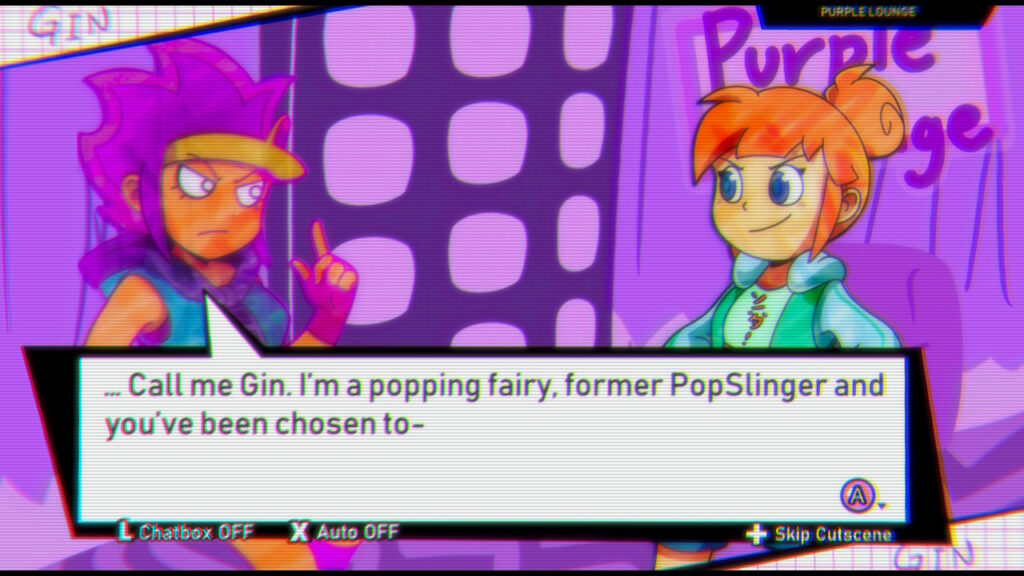
As I began my adventure, I was introduced to Gin, a friendly but careful disembodied creature. She begins discussing things with my character as though I know what is going on. Unfortunately, I was not informed about the background. Sure, the background was shown to me as I progressed through the game, but I was incredibly confused in the beginning and honestly, all throughout. The story in PopSlinger disappointed me. There were some funny voice lines and interesting dialogue sequences, but I never got attached to the characters nor did I find them relatable. This occurred because I had to focus so much on understanding the vague plot that interpreting the complexities of each character was difficult. Certain plot twists that were revealed as though they should be obvious, completely blindsided me. The story was confusing and even once I understood it, the characters were uninteresting.
Waiting for Nothing
Though some games feature dialogue that does not resonate with me, it usually does not penalize my overall view of the game. However, while playing PopSlinger, I was constantly burdened by text boxes. I read multiple sequences of conversation after beginning or completing each level. Luckily, there is a button to skip the dialogue if needed. Unfortunately, the button to skip the dialogue does not change the most glaring issue. The primary issue with the dialogue is that it takes time to load the dialogue. Even though I can skip the dialogue once it loads, there was no option to turn off dialogue entirely. This was compounded by the developers breaking the text into multiple conversations, meaning that I would need to wait and skip multiple times. Again, it may seem like a minor inconvenience, but it adds to the tedium of navigating the world.
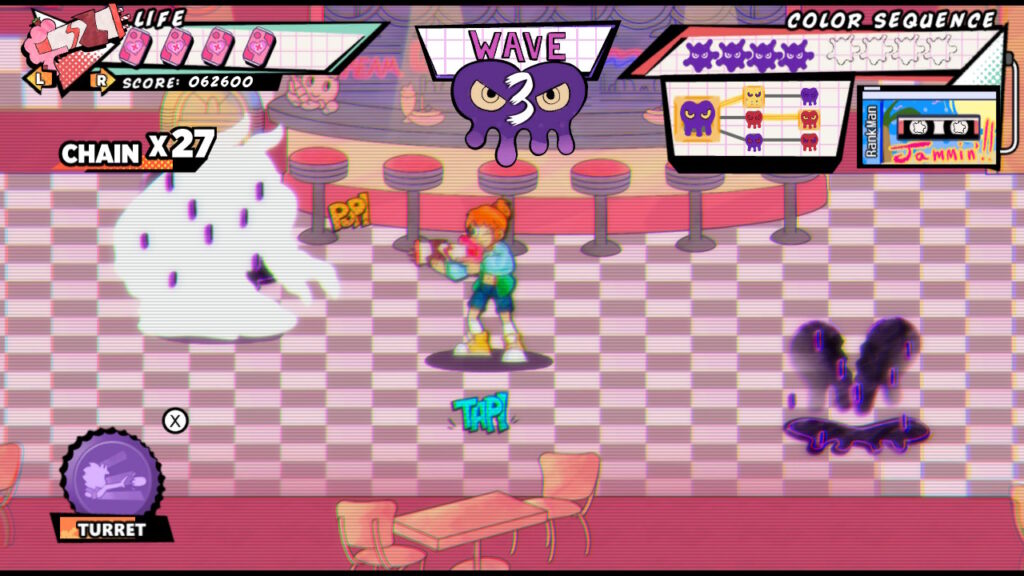
PopSlinger was complicated further because the game focuses on score-chasing. There are only a handful of levels, and I was incentivized and ultimately mandated to replay them until I attained a certain ranking. This meant I practised the same levels multiple times. Innately, this worked well. I enjoyed mastering mechanics and memorizing the enemy locations. However, at the same time, it meant every time I finished or began a level from the menu, I needed to rewatch (or in my case skip) the cutscenes again. Since the story was not memorable in the first place, I did not enjoy reminiscing over it and wanted the developers to speed up the process by providing an option to turn off cutscenes.
Hop on Pop
Even though I did not enjoy most of the story, there were a lot of great elements in the gameplay. I could wield multiple guns which were each unique and changed the gameplay wildly. Since some enemies had shields that were only penetrable by certain weapons, I was constantly encouraged to use all my resources. It made the game frantic and fun. Each weapon had a purpose and was advantageous in certain situations. I also had some other abilities. I could walk around the map, dodge roll through attacks, and coordinate special abilities with my partner. The basic options were easy to understand and intuitive.
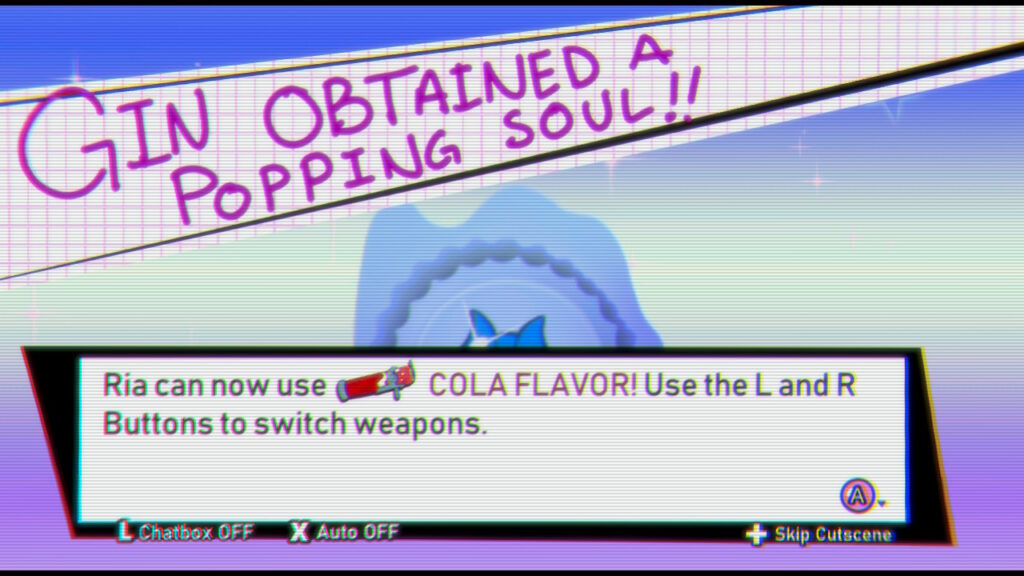
However, the dodge roll was strange. My character finished the roll animation before losing invincibility. This made learning the timing challenging. I could not easily tell when I was vulnerable again. It would be one thing if this acted like a grace period after typical evasion, but it lasted for a while, and I constantly found myself needing this buffer to evade obstacles. The visual effects and look of the dodge made it challenging to master but it still worked well once I figured out the timing.
Bonus Points for Style
PopSlinger also has a unique combo meter. The game tracked the colour of the enemies I killed in the top right corner of the screen. If I defeated four of the same colour consecutively, I would obtain a powerup to use. However, this mechanic is much more complicated to use than that. If I slaughter eight enemies of the same colour, I get a special powerup and a significant increase to my points. Moreover, if I collect two groups of four different coloured enemies immediately after each other, I get a bonus to my points as well, though it is not as significant. Finally, there is another system that rewards careful and precise decision making. There are tiny faces that represent the colours of enemies in the game. Killing enemies in the correct order and maintaining the combo throughout progressed me through the array of faces, awarding me additional points.
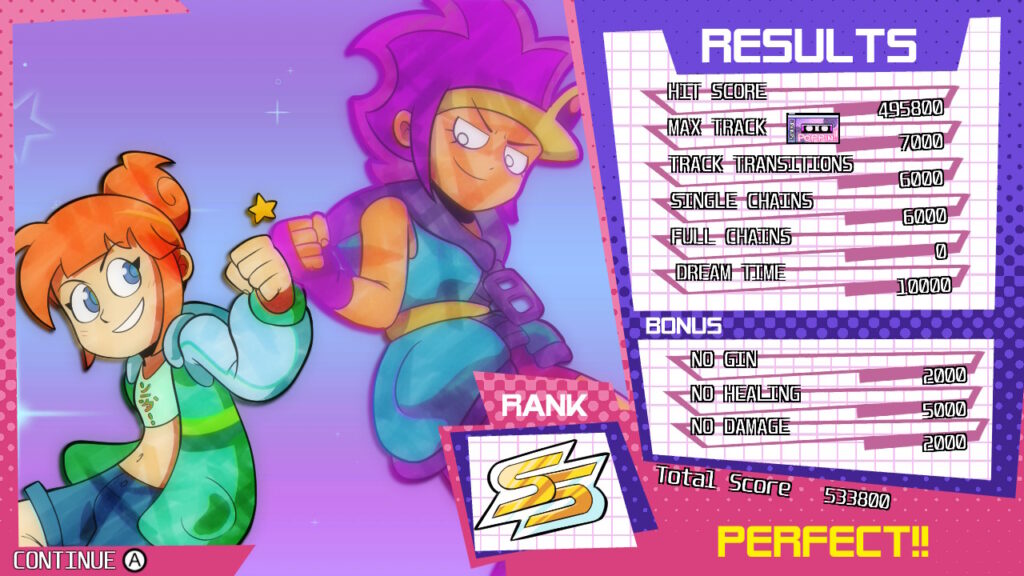
Surprisingly, despite how complicated this system sounds, it was intuitive. I enjoyed hunting for points and was surprised by how easy it was to recognize where my points were coming from. However, the game rewards optimizing the few stages that are present instead of exploring vast areas. This was a bit disappointing, especially since none of the stages had personality. Each stage was a flat terrain without stage hazards, memorable landmarks, or wildly different enemies. Though each stage had a new boss and a new enemy to interact with, the stages did not stand out from each other, and apart from the introduction of new weapons, the game did not differentiate stages much.
Licensed to Kill
The enemies were basic and while some were located throughout the level, others were dispensed in area style waves. Objectively, these worked great, albeit the arena areas did not telegraph when enemies would be spawned as much as I would have liked. The stages had enough enemies to keep me entertained throughout. Unfortunately, the enemies were not interesting and did not feel challenging or complex. They had unique abilities, but they all seemed like entry enemies. None had intricate patterns to learn. The enemies were still fun to face off against, especially when focusing on the combo meter. I had the most fun when rushing through stages and evading enemy attacks to keep my combo meter.
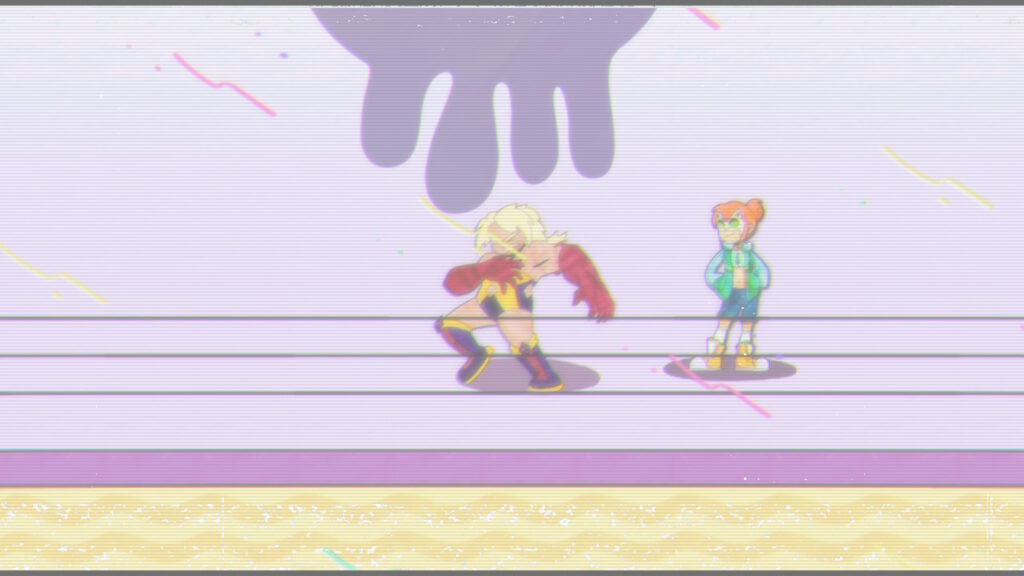
The bosses on the other hand were challenging and intricate. Each level ended with a boss fight, and it was a true test of skill. They were challenging, and fun to learn to fight against, though some later fights were easier than earlier ones. This made the difficulty curve a bit confusing, but the final boss wrapped the game together with an excellent challenge. I liked the boss fights a lot and had a lot of fun learning their patterns. These challenges were made even more enjoyable because there is a checkpoint immediately before the boss. When I used it, I had to forfeit my points, but it made the boss fights at the end of the level much more accessible.
Seeing is Believing
As if the mediocracy of the enemies was not enough, the largest issue I had with the game was my inability to see what I needed to. Enemies targeted my character from offscreen, enemies could spawn without telegraphs, and the massive user interface blocked a lot of the screen too. It was challenging to know exactly what was going on. I was constantly frustrated by cheap hits and surprising deaths. It severely hindered my experience with the game.
Snap Crackle and Soda Pop
The sound design of PopSlinger was energetic and lively. I liked how upbeat the tracks were. They kept me moving through the levels. My character would also yell out catchphrases, especially when swapping between her various weapons. I thought they were cute and fit the vibe of the game though I could easily see them getting annoying after a while.
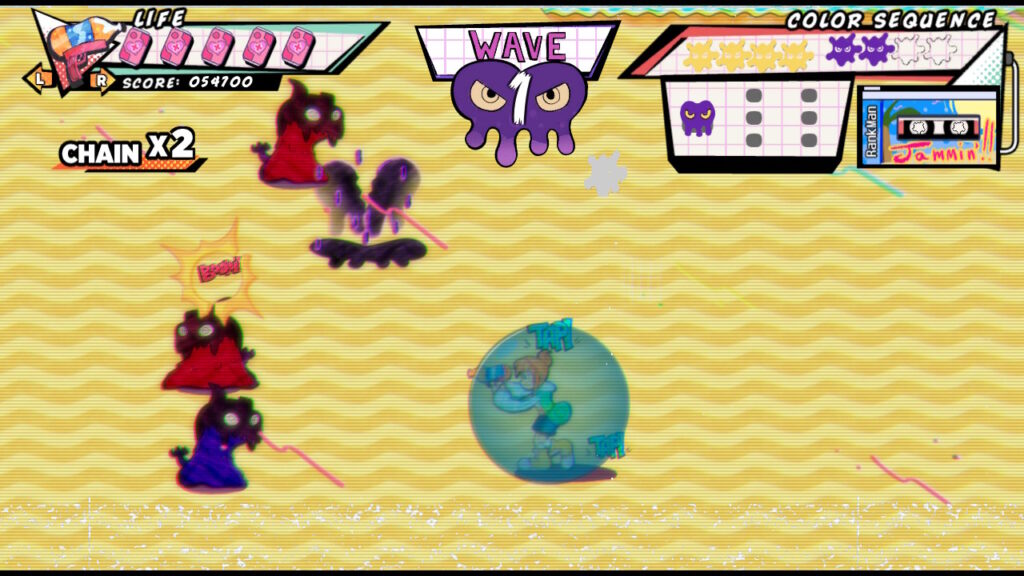
The visuals were a bit lacklustre. PopSlinger has a cute aesthetic and many of the boss fights were unique and interesting, but the basic enemies did not have a lot of personality, and the background and stage effects were underwhelming too. I know the developers were working with a limited colour palette since they wanted to integrate the colour-coded scoring system, but I still would have liked to see various shades of creatures and enemy designs that stood out more. Most of all, the lack of telegraphs (or offscreen telegraphs) made engaging in combat less enjoyable. Still, even if there was a lot to be desired, the enemies were distinct and stood out from the background.
Conclusion
Overall, I ended up having fun playing PopSlinger. There were a lot of flaws, but since I was mastering the levels to earn a high score anyways, I learned how to avoid the enemies by memory and adapted to overcome the lack of adequate telegraphs. Still, it was frustrating to need to skip so much dialogue every time I wanted to revisit a stage. Plus, the small field of view lost me several promising runs. Though I had fun, Popslinger is not a game I am itching to come back to.
Rapid Reviews Rating

3 out of 5
3
You can purchase PopSlinger from the Nintendo eShop here

You can find and read our reviews on OpenCritic.



